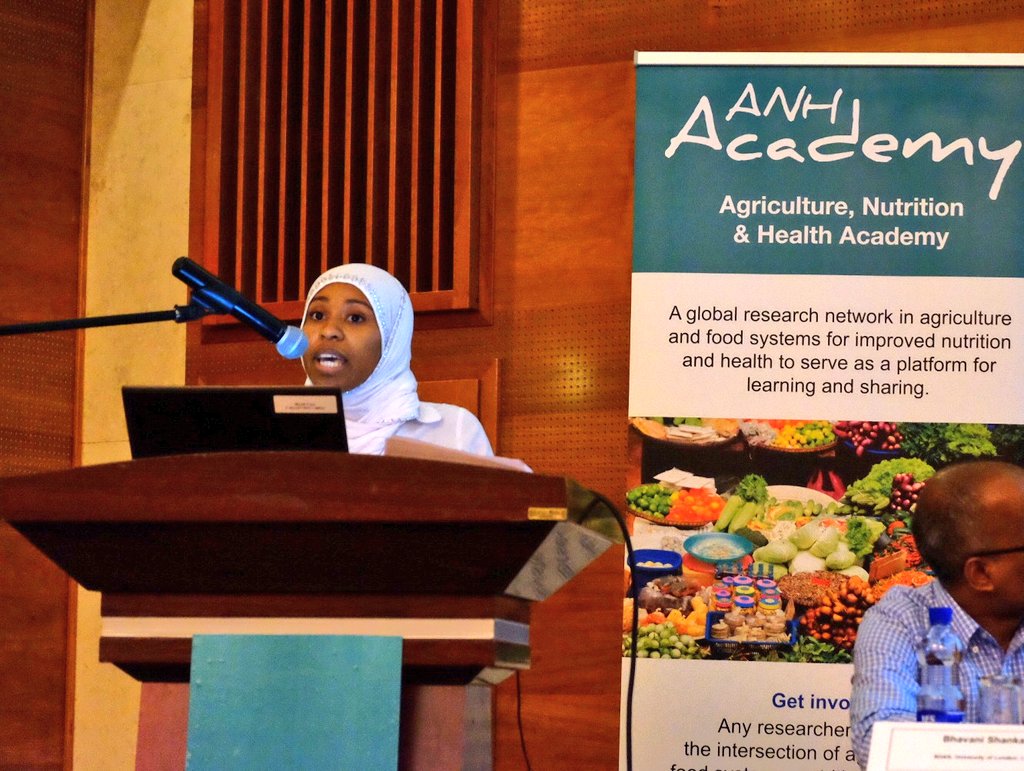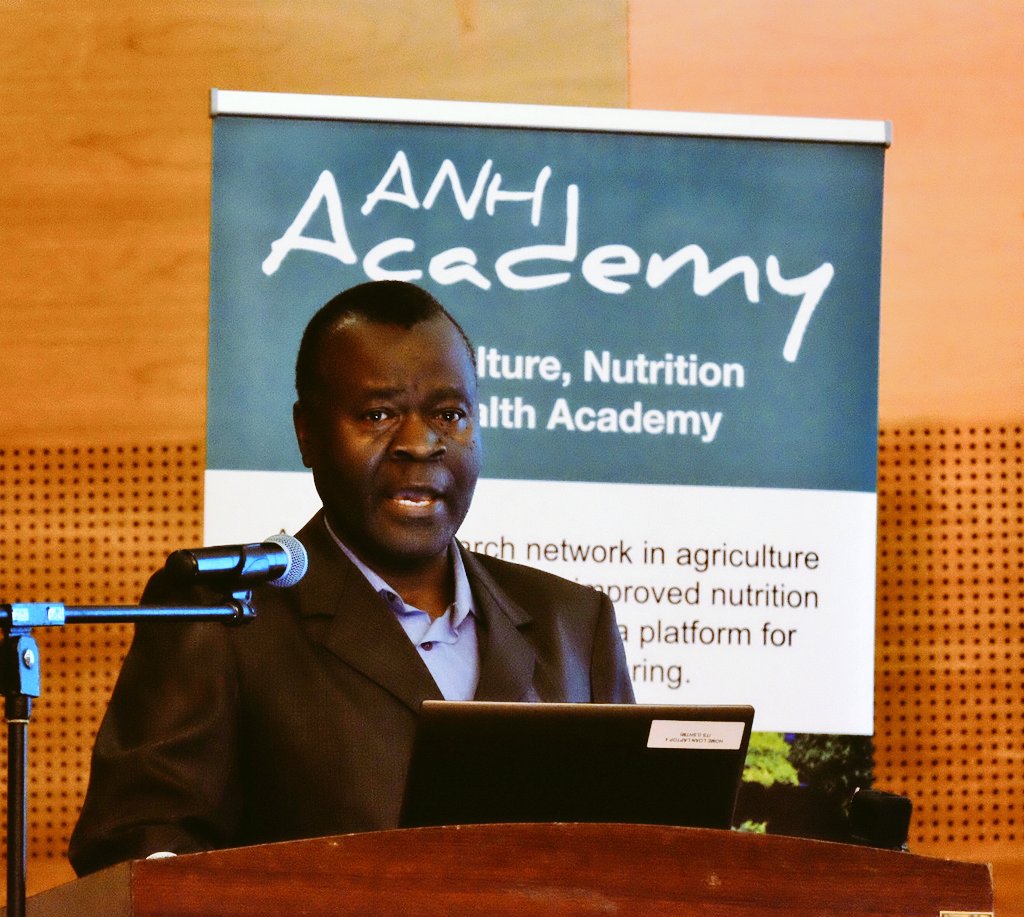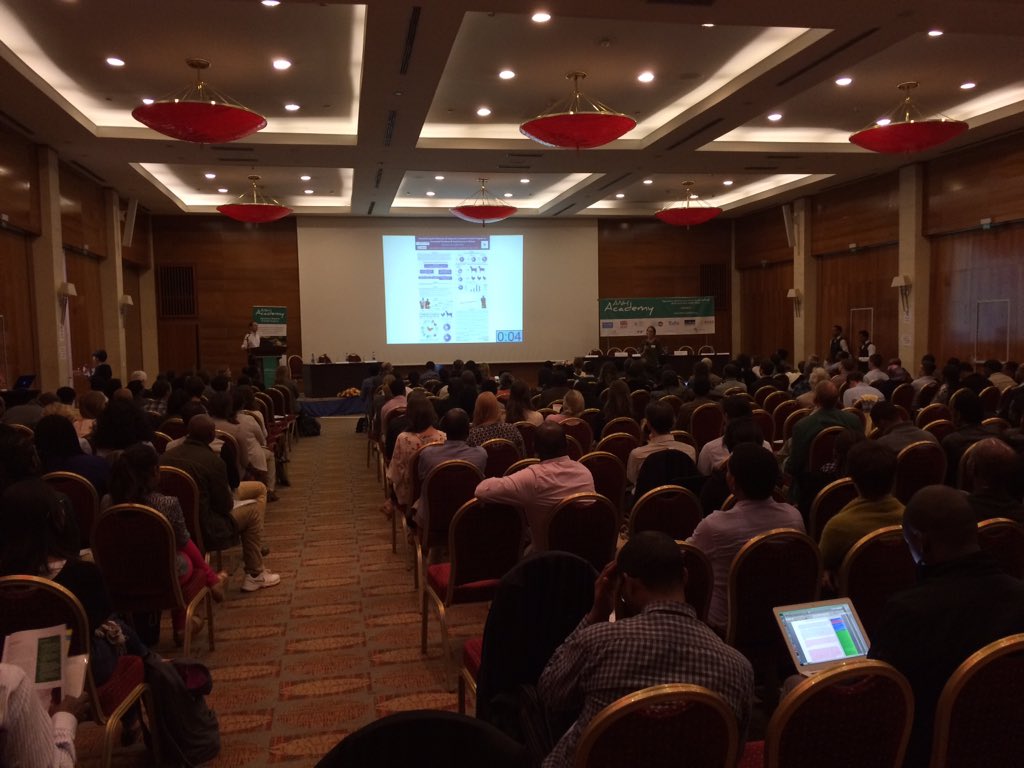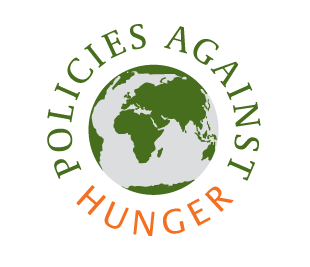20-24 June 2016. Addis Abeba, Ethiopia. The first annual
Agriculture, Nutrition and Health Academy was held to facilitate African participation with attendees from around the world and comes just a week after the release of the
Global Nutrition Report 2016, which warns that ‘malnutrition and diet are by far the biggest risk factors for the global burden of disease.’
The ANH Academy grew from a commitment to build interdisciplinary capacity and foster a community of researchers working in agriculture and food systems, health and nutrition. Founded by the
Leverhulme Centre for Integrative Research on Agriculture and Health (LCIRAH), the
CGIAR Research Program on Agriculture for Nutrition and Health (A4NH), and the
Innovative Metrics and Methods for Agriculture and Nutrition Actions (IMMANA) research initiative, the ANH Academy – of which membership is free – facilitates learning and sharing among researchers working at the intersection of agriculture,
nutrition, and health.
The aims of the ANH Academy were to:
- Share innovative research in agriculture and food systems for improved nutrition and health;
- Stimulate the development and harmonisation of new research;
- Help strengthen the capacity of the research community to undertake inter-sectoral and interdisciplinary research;
 |
Aisha Twalibu, using value chain approaches
to improve nutrition in Malawi |
- Facilitate the uptake of robust evidence in policies and programming in agriculture and food systems for improved nutrition and health.
The
programme for the ANH Academy Week featured contributions from a diverse array of leading thinkers at the nexus of agriculture, nutrition and health research and policy. Keynote speakers include Dr. Agnes Kalibata, President of the Alliance for a Green Revolution in Africa (AGRA) and former Rwandan Minister of Agriculture and Animal Resources; Shawn Baker, Director of Nutrition at the Bill and Melinda Gates Foundation; and Haris Gazdar, Senior Researcher at the Collective for Social Science Research.
The Learning Labs were followed by a three day Scientific Conference on Agri-Health Research.
 |
Daniel Senerwa calculates the substantial economic costs
of aflatoxin contamination in dairy value chains
|
Speakers will deliver oral and poster presentations around six major themes:
- Agriculture and Nutrition Linkages
- Agriculture and Sustainable Diets
- Health Impacts of Animal Sourced Foods
- Women, Households and Nutrition
- Markets, Value Chains and Nutrition
- Determinants of Diets and Nutrition
Background:
The ANH Academy Week expands on the successful history of the five
LCIRAH conferences, as
 |
Poster presentations underway showcasing
a range of research across ANH themes
|
well as events and activities by
A4NH, and is part of one of three workstreams of IMMANA.
- A4NH helps realize the potential of agricultural development to deliver gender-equitable health and nutritional benefits to the poor. The program is led by the International Food Policy Research Institute (IFPRI).
- The ANH Academy is part of A4NH’s strategy to strengthen the capacity of national and CGIAR researchers and research institutes to conduct high quality agriculture, nutrition and health research through the design and delivery of innovative learning materials and approaches.
- The IMMANA research initiative, funded with UKaid from the UK government and coordinated through LCIRAH aims to accelerate the development of a robust scientific evidence base needed to guide changes in global agriculture to feed the world’s population - projected to hit nine billion by 2050 - in a way that is both healthy and sustainable.
- Through offering competitive research grants and fellowships for early career scientists, as well as promoting networking in the ANH Academy, IMMANA seeks to strengthen the capacity of young researchers and facilitate international collaboration to stimulate the development, sharing and adapting of new and existing innovative methods and metrics for understanding the critical linkages between agriculture and nutrition.





















